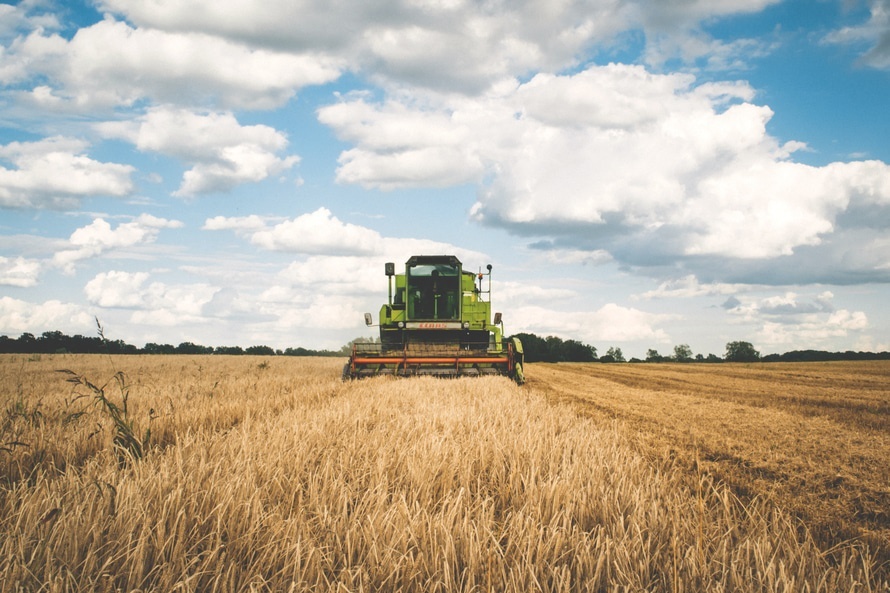
Many food trends come and go. One trend that is not only healthy but environmentally conscious is the Farm-to-Table movement. Farm-to-table, or “farm-to-fork” as it’s sometimes referred, has seen exponential growth in the last several years. According to SARE, local and regional food sales is in the billions of dollars. Farm-to-table is exactly that – restaurants sourcing their ingredients directly from local farms.
Previously, a common method for restaurants and foodservice operations to source their food was to use companies who process and distribute food products from all over the country. While this provides diverse ingredient lists, there can also be an unknown as to who is providing the ingredients and from where. People became more aware of what they were eating and the options that were available to them.
This is where farm-to-table has thrived. By sourcing food from local farms, restaurants are able to promote fresh ingredients by letting the customer know the exact farm where the food originated. It’s essentially taking the concept of farmers’ markets to much larger level.
One of the biggest challenges for restaurant operators is staying on top of the latest trends, so let's take a closer look at one of the industry's biggest.
What are the benefits of farm-to-table?
Farm-to-table encourages healthier eating by knowing exactly who farmed the food, where the food came from, and how it got to the restaurant. Genetically modified organisms, or GMOs, are a topic of debate lately, and many health-conscious eaters are looking for non-GMO food offerings. Using grass-fed beef, regional fruits and vegetables, antibiotic and hormone-free livestock, and cage-free poultry are just a few examples of the fresh, natural foods that a farm-to-table model can bring to a restaurant’s menu.
Sustainability has never been as important as it is today. By utilizing local farms near the restaurant, restaurants reduce the long transportation of goods, and as a result, reduce the carbon footprint created in the process.
Farm-to-table builds community relationships and supports other local businesses, especially in more rural areas. Not only are restaurants and foodservice operations working hand-in-hand with local farmers, but they are helping keep these farms in business, which in turn can create more local jobs.
When utilizing a farm-to-table menu, restaurateurs can offer regional and local foods unique to that specific part of the country. That helps the restaurant stand out among its competitors while also providing its guests a rotating selection of foods that will keep them coming back all year long.
But the most important aspect of a farm-to-table menu might be the ability to charge premium pricing. Menus across the country are actually listing where foods are coming from, right down to the plot of land where that Berkshire hog is raised. In return, operators can charge higher prices that will help increase margins.





